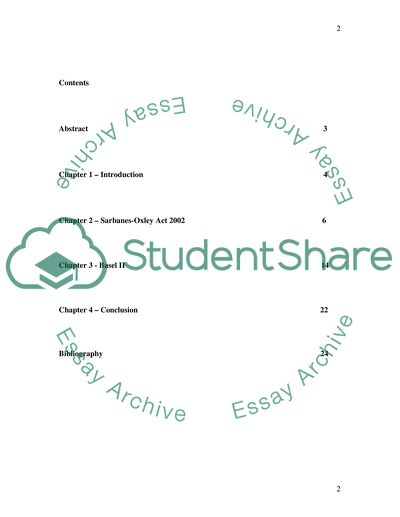Cite this document
(Sarbanes-Oxley Act and Basel Accord II Research Paper, n.d.)
Sarbanes-Oxley Act and Basel Accord II Research Paper. Retrieved from https://studentshare.org/macro-microeconomics/1709971-professional-issues-sarbanes-oxley-and-basel-accord-ii
Sarbanes-Oxley Act and Basel Accord II Research Paper. Retrieved from https://studentshare.org/macro-microeconomics/1709971-professional-issues-sarbanes-oxley-and-basel-accord-ii
(Sarbanes-Oxley Act and Basel Accord II Research Paper)
Sarbanes-Oxley Act and Basel Accord II Research Paper. https://studentshare.org/macro-microeconomics/1709971-professional-issues-sarbanes-oxley-and-basel-accord-ii.
Sarbanes-Oxley Act and Basel Accord II Research Paper. https://studentshare.org/macro-microeconomics/1709971-professional-issues-sarbanes-oxley-and-basel-accord-ii.
“Sarbanes-Oxley Act and Basel Accord II Research Paper”, n.d. https://studentshare.org/macro-microeconomics/1709971-professional-issues-sarbanes-oxley-and-basel-accord-ii.


